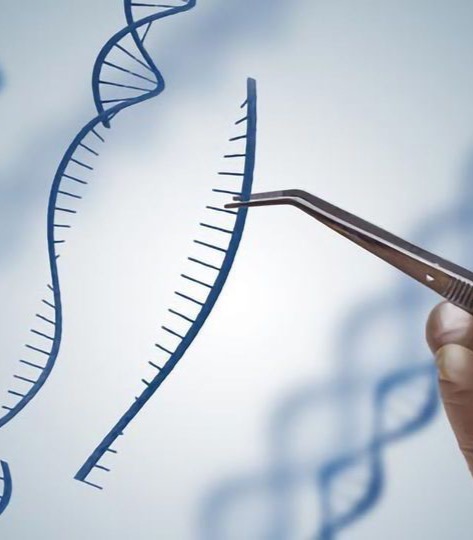
Confirmation of the stability of modified DNA opens up further possibilities in the field of medicine
Scientists from the Institute of Organic Chemistry and Biochemistry of the Czech Academy of Sciences (IOCB CAS) have proven that the highly modified DNA double helix is stable enough for further manipulation. This research could open up new possibilities for the use of DNA in areas of medicine. A team of scientists led by Professor Michal Hock from the Institute of Organic Chemistry and Biochemistry of the Academy of Sciences of the Czech Republic is investigating the limitations of DNA structure and function and successfully extending existing knowledge. Their latest research has been published in the peer-reviewed journal Nucleic Acid Research.
Professor Hocek likened DNA to a scaffold on which other parts with different functions can be added, such as amino acid side chains commonly found in peptides and proteins. At present, the use of these molecules in medicine is limited because they are unstable and degrade rapidly in the body. The solution could be a stable scaffold to which these molecules could safely attach. DNA could serve just such a function in the future. A DNA modification consists of two long negatively charged chains that should repel each other, but are held together by so-called base-pairing interactions. Scientists made a modification to DNA where they added an extra negative charge to each letter in the genetic code. This step doubled the repulsive forces, but the DNA of the double helix still remained integrated.
The researchers further found that DNA modified in this way could be synthesized, replicated and sequenced using the enzyme DNA polymerase. Create DNA that exhibits different properties The aim of the research is to create DNA that is similar in appearance to other chemicals. This could enhance the therapeutic potential of certain biomolecules, such as peptides or proteins, which are difficult to maintain in the body. In the past, scientists in Hock's group have successfully developed a new modified aptamer, which is a short DNA sequence to which a specific target molecule, usually a protein, binds.
Aptamers have similar properties to antibodies, but are much more stable. Experts think that in the future, aptamers could replace the antibodies currently used in medicine. However, so far there are only a few therapeutic aptamers that are approved for use worldwide.
Scientists are also moving closer to a better understanding of how cells read and interpret the information contained in DNA. They described the process of creating what is known as a molecular scissors - a splicing complex involved in cutting RNA. This research was carried out by a team of experts from the Institute of Molecular Genetics at the Academy of Sciences. Gemin protein can ironically be described as a "molecular hairdresser". Research leader David Staněk from the Institute of Molecular Genetics of the CAS said that the Gemin3 protein was identified about 25 years ago.
It was known to be important in the body because no organism has survived its removal, but it was not known what specific role it plays. There are approximately 20,000 genes in human DNA, each containing information for making a specific protein.
Before a protein is made, the genetic information from the DNA is transcribed into an RNA molecule. This molecule is called pre-mRNA and is an exact copy of that stretch of DNA.
String